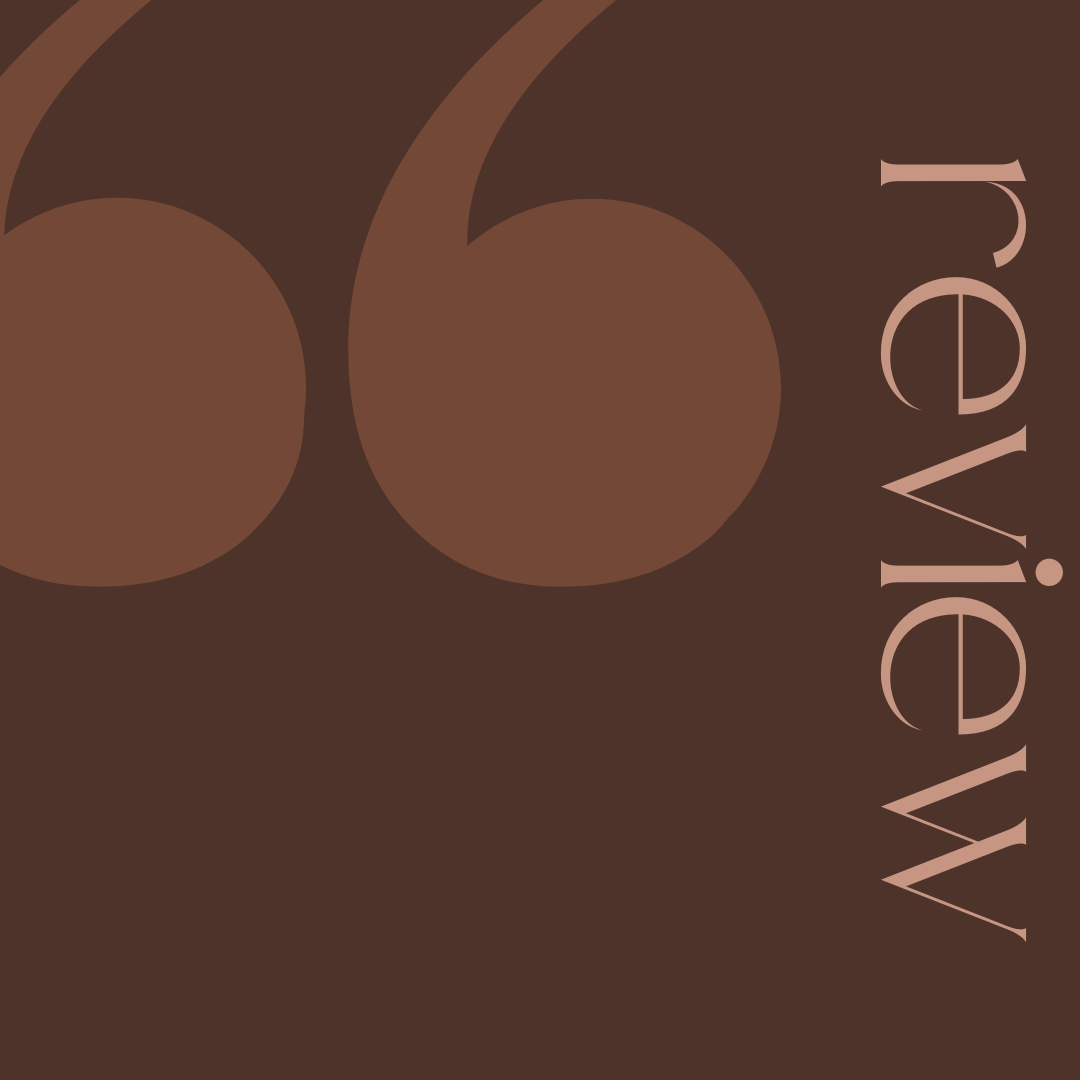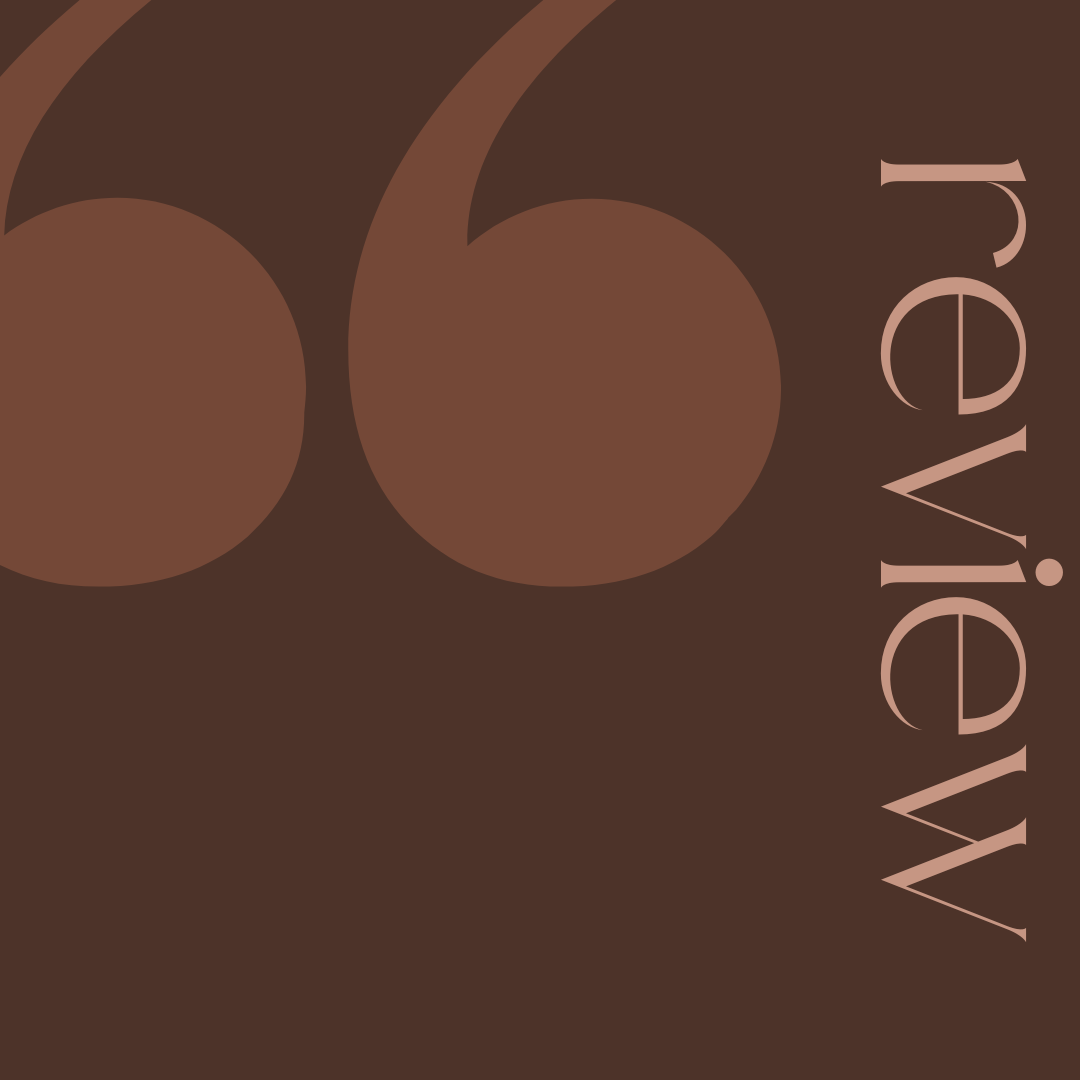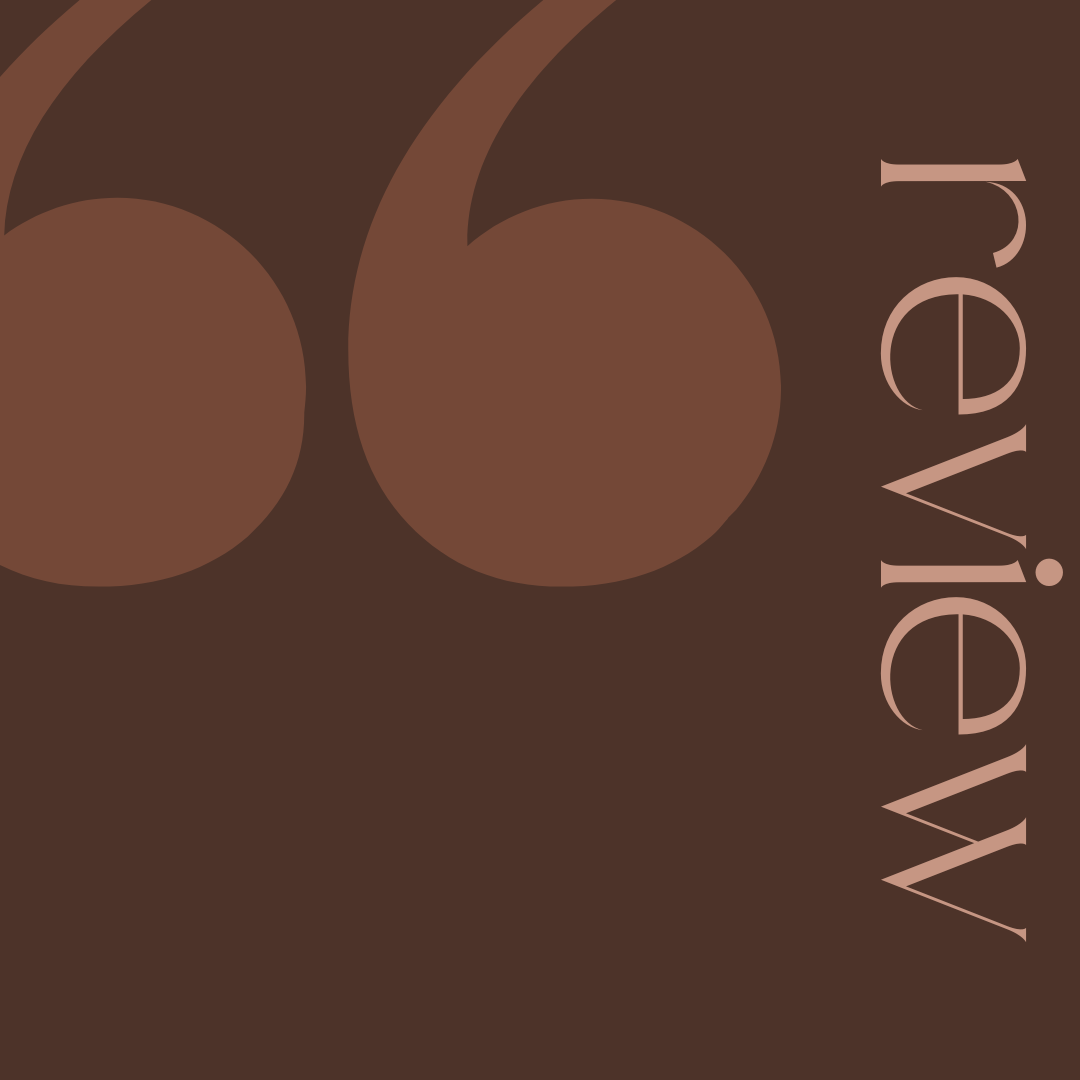New book available from punctum books

Inspired by the groundbreaking work of choreographers Anna Halprin, Robert Dunn, and Merce Cunningham, as well as composer John Cage, Simone Forti and Yvonne Rainer have been challenging the practices and principles of professionalized dance for decades, determined to change what dance is and can be. In One Thing Follows Another, a collection of ten experimental-poetic essays, we explore the work of these two seminal dancer-choreographers, both at various inflection points throughout their careers and in this particular moment.
Through a combination of chance operations and intentional artistic choices that push us to unexpected places — including the zoo, the dance studio, the street corner — and via innovative forms and techniques, such as collage, erasure, and our own artistic inventions, we deconstruct the essay form to examine what we as poets, each with our own highly charged relationships to dance, can contribute to the conversation about these pivotal figures in postmodern performance art.
Afterword by Ralph Lemon
Cover image by Jennifer Mack-Watkins
Order from punctum. More info.
Reviews
Here are rich essays of intersection and complexity, essays that interweave the authors’ own experiences as art/life practitioners to understand and nuance the revolutionary aspects of Rainer’s and Forti’s work. Respect and influence move as energetic shuttles through this collection. This book is a site of conversation––of time passing and terms changing, of clarification and memory, of dreams, plays, collage, pedagogy, letters, and poems—all played out against the exhilarating risk of dance in a complex world.
— Petra Kuppers, author of Eco Soma: Pain and Joy in Speculative Performance Encounters
Inspiring! I feel the jolt myself—the urge to get up from my desk and dance, noting what I as mover, maker, and thinker carry from the past and what I begin now. The invitation to inhabit our bodies just as they are, “judgments checked at the door,” is too delicious to pass up.
— Bebe Miller, Choreographer and Artistic Director, Bebe Miller Company
Via innovation and collaboration, Sarah Rosenthal’s and Valerie Witte’s boundary-defying collection refigures writing about dance. Even as they conjure the transformative powers of transmission from one generation of artists to the next, they document the ever-elusive nature of performance and practice, recognizing “what it means to be an artist who wants and needs to morph their thinking over time.” One Thing Follows Another honors its central subjects, Yvonne Rainer and Simone Forti, while opening the field of the essay to what grid, gesture, and syllable make possible.
— Karla Kelsey, author of On Certainty
In One Thing Follows Another, Rosenthal and Witte find visceral, evocative ways to explore the herstories of Yvonne Rainer and Simone Forti. Embodying the spirit and approach of these choreographers and their teacher/mentor Anna Halprin, the authors take us on a personal/artistic/political/herstorical dance with words that had me laughing, crying, and recognizing evocations of the Halprin Studio then and our life/art work over time. One note follows another, one piece of masterful research follows another in this stunning score-eography. You will be swept up by it—and learn a lot along the way about incredible women making a new movement that continues to impact us.
— Daria Halprin, Co-Founder, Tamalpa Institute
At the core of these essays is the female body’s objecthood as defined by ballet and certain modes of modern dance, and its eventual freeing from professionalism thanks to the pioneering work of Forti, Rainier, and their peers. At the authors’ invitation, the two choreographers, especially Rainer, push back against some of the authors’ conclusions, and their emendations make One Thing Follows Another a four-way conversation about our bodies and what it means to move through private and public spaces.
— Tyrone Williams, coauthor of washpark
Infusing academic research with a spirit of experimentation and play, Sarah Rosenthal and Valerie Witte immerse themselves in the complexity of Simone Forti’s and Yvonne Rainer’s iconic works. The authors employ multidisciplinary methodologies and intersubjective experiences, with the footnote exchanges between them and Rainer offering intimate insight. Ranging from the scholarly to the deeply personal, these essays inform, perplex, inspire, and challenge us to dive into the unknown and find our own way, as did the innovative pioneers Simone Forti and Yvonne Rainer.
— Donna Uchizono, Artistic Director, Donna Uchizono Company
So many instances in my reading of this strangely beautiful book brought me to my own stories, held in my body, waiting. These essays reaffirmed one thing I learned from the Postmodernists—that time is not linear. Neither is the intricate, strong yet vulnerable writing within this book. One thing may follow another but not in any predictable way; experience spirals and returns, suddenly rediscovered. Truly an inspiring adventure.
— K.J. Holmes, Independent Dance Artist
Part poetics, part biography, part ontological inquiry, this book includes dreams, erasures, chance encounters, poetry, creative prompts, letters, interviews, and performance/procedure descriptions that unfetter prescribed boundaries between process, rehearsal, performance, and “real” life. This accomplished and visionary book allows us to think, feel, and play our way toward curious relationality, embodying the authors’ keen urging for immersive praxis and inviting us to enter the text as “a dance floor … potentially, ostensibly, for wild abandon.”
— Serena Chopra, Interdisciplinary Artist
----------------------------------
Finalist for the Oregon Book Award, Stafford/Hall Award for Poetry
A Rupture in the Interiors, from Airlie Press

Polyphony of silk and skin, A Rupture in the Interiors is a rapturous exploration of im/perfection, threading innovative form and histories of value—of the female body, especially, and of material worth—with dream logic and associative mastery. This is a modern tapestry of everyday traumas that, while seemingly minor, mark us all as participants in the human experience. Woven together, these images of disorder and defect tell a story of the superficial damage that runs deep, and that cannot slip from us unseen or unfelt.
Order from Airlie
-------------------------------------
Reviews
 Like the plot of a mystery story, Valerie Witte’s latest poetry collection develops through a series of carefully placed, linked details. Multiple voices, weaving tales of abrasions, glances, and micro-traumas, contribute to the poems’ fragmented qualities. The effect is an eerie building of tension as small events lead to larger ones within an evolution of associative leaps. — Erica Goss, Sticks & Stones
Like the plot of a mystery story, Valerie Witte’s latest poetry collection develops through a series of carefully placed, linked details. Multiple voices, weaving tales of abrasions, glances, and micro-traumas, contribute to the poems’ fragmented qualities. The effect is an eerie building of tension as small events lead to larger ones within an evolution of associative leaps. — Erica Goss, Sticks & Stones
 Reading A Rupture in the Interiors is a delightfully tactile experience, similar to viewing an artist’s book. Artist’s books often include tangible aspects, such as handmade or found materials and textures or interactive elements. While Rupture exists in a standard poetry book format, readers’ senses are fully involved in the themes because of Witte’s attention to structure and word usage. — Heidi Kasa, Barrelhouse
Reading A Rupture in the Interiors is a delightfully tactile experience, similar to viewing an artist’s book. Artist’s books often include tangible aspects, such as handmade or found materials and textures or interactive elements. While Rupture exists in a standard poetry book format, readers’ senses are fully involved in the themes because of Witte’s attention to structure and word usage. — Heidi Kasa, Barrelhouse
 Valerie Witte’s ambitious, densely associative poems offer a ‘tissue of stories unfolding’ in which she reinvents the very nature of skin: as map, as strata, as a process of reckoning. Here, Witte takes on the challenge of embodiment, its coils and fugitive film, bringing the reader into a richly lyrical disorientation. This poetry shows us emotional intensity forcing its way through the ostensible surface. The revelation? What covers us is really ‘a continual state of turnover.’ — Elizabeth Robinson
Valerie Witte’s ambitious, densely associative poems offer a ‘tissue of stories unfolding’ in which she reinvents the very nature of skin: as map, as strata, as a process of reckoning. Here, Witte takes on the challenge of embodiment, its coils and fugitive film, bringing the reader into a richly lyrical disorientation. This poetry shows us emotional intensity forcing its way through the ostensible surface. The revelation? What covers us is really ‘a continual state of turnover.’ — Elizabeth Robinson
 Valerie Witte’s sensuous and harrowing A Rupture in the Interiors investigates the notion of skin as sheath, as protection, and projection.... The wonder of this book is how it makes one feel as though one is holding not page, not book, but the fine texture of skin itself. Ultimately, this book strikes the song of the body’s largest and most visible organ, where we are the most vulnerable, where we first appear then finally disappear where “we are almost human anyway. — Gillian Conoley
Valerie Witte’s sensuous and harrowing A Rupture in the Interiors investigates the notion of skin as sheath, as protection, and projection.... The wonder of this book is how it makes one feel as though one is holding not page, not book, but the fine texture of skin itself. Ultimately, this book strikes the song of the body’s largest and most visible organ, where we are the most vulnerable, where we first appear then finally disappear where “we are almost human anyway. — Gillian Conoley